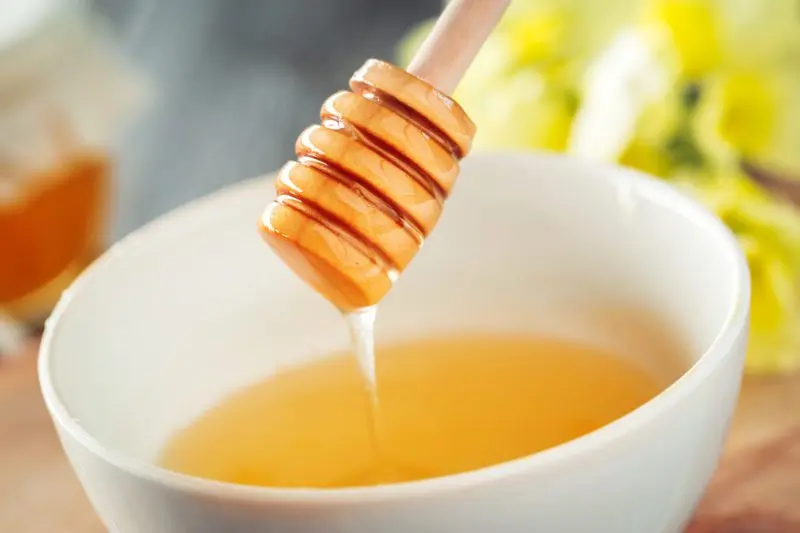Contents
She was told about in fairy tales and ancient chronicles. It was served to the table of kings and emperors, and Prince Vasily III made its production a monastic monopoly, which significantly strengthened the position of the Christian church.
Mead is one of the oldest drinks of mankind, whose history has overcome more than one century, reflected in modern times in dozens of different variations.
For a better understanding of the topic, we will make a short journey through time, learn old recipes and learn how to cook real, tasty and healthy (!) mead.
What is mead and what is it made from?
The very name “Medovukha” suggests that honey must be present in its composition. This is one of the oldest alcoholic drinks known to mankind. The classic composition is extremely simple and includes only 3 ingredients.
The two main ones are water and honey, their mixture is called honey must, and 1 optional, used for fermentation. They can be a variety of berries, raisins or, in a modern way, yeast. There are a lot of mead recipes, but the main ingredients are present everywhere.
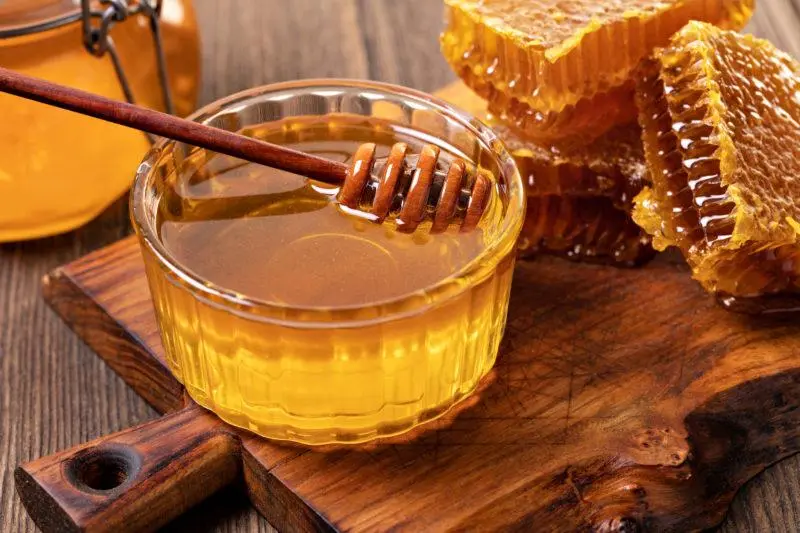
Don’t be fooled by superficial simplicity, mead recipes can use berries, herbs, aromatic oils, spices, and a host of other ingredients.
History of mead
9 thousand years ago, people already knew what honey was and used beeswax in everyday life. A tasty, high-calorie product, it was well combined with the dangerous life of the early Neolithic, providing energy for roaming and hunting.
Getting such honey was a difficult and dangerous job. Special protective suits have not yet been invented, and they have not learned how to fumigate bees – everything had to be done at your own peril and risk. Wild insects were not very happy with such visits and responded to uninvited guests according to all the rules of their bee etiquette, reducing the ranks of the already few “humans”.

They learned to make a drink out of honey, but not yet mead, much later – 4 thousand years ago in India. You need to understand that these figures are conditional and no one can say for sure, up to a year, when it was.
But the next mention, I’m sure everyone knows. Ambrosia or the drink of the gods, as the ancient Greeks called it, was very popular among wealthy citizens. Such a deified name gave rise to legends about the magical properties of the drink, which bestowed strength, masculinity, wit and poetic talent.
Among the Celts, mead was also loved, especially by the pagan gods, who did not disdain to taste the wonderful drink from cow horns, goblets or ceremonial vessels, which were often endowed with magical powers and ritual importance. There was even a myth about a whole river of honey that flows in paradise.

The first traces of mead making or, more precisely, indications of the use of intoxicated honey on the territory of ancient Russia are found in the Byzantine chronicles of the 996th century. There were also mentions of mead in the Tale of Bygone Years, when in 300 Prince Vladimir ordered to cook XNUMX boiled mead.
They called it simply, honey or set honey. Perhaps from this moment begins the Slavic history of Medovukha, which for a long time was the favorite drink of our ancestors, but at some point was replaced by another alcoholic delicacy – vodka.
Medovukha ripening period
Enough history, let’s talk about cooking. The period of maturation or aging of mead depends on the technology and the volume of raw materials. If you cook at home, in small batches for personal consumption, then the finished drink will take from 2 weeks to 4 months. Serious brands that produce the drink on an industrial scale age their drink for up to 1 year.
There is also a third segment – “honey-like” sodas, which, I think, are not worth talking about the ripening period. Moreover, such soda cannot be called mead, only its imitation, which cannot be corrected.
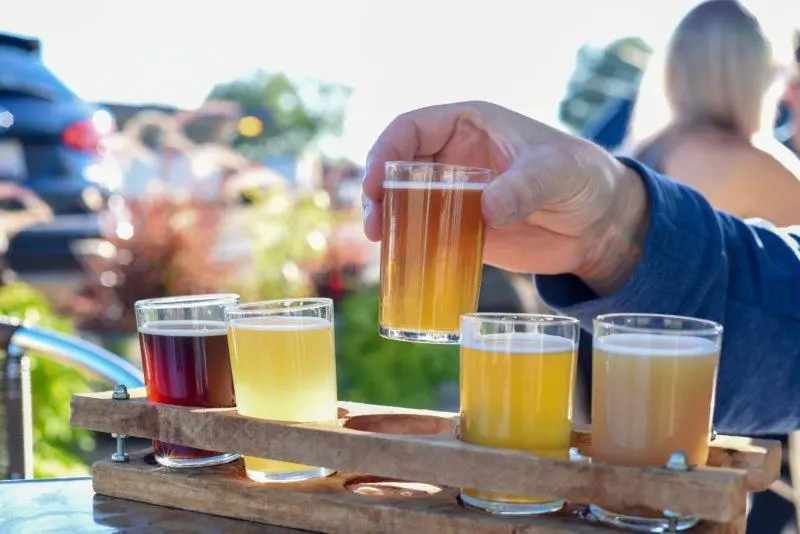
By the way, the final strength depends on the duration of maturation. The longer the process takes, the stronger the product will be.
Fermentation process
The duration of fermentation in mead is also different – again it depends on the recipe. The mead of our ancestors, which does not use yeast, begins to ferment on the second day. After 10-11 days, the process ends and the drink is left to mature for 4-5 months.
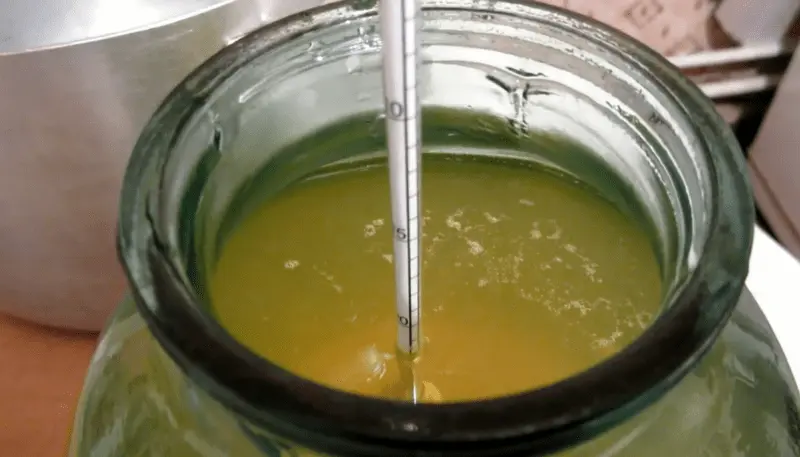
When using dry yeast, mead fermentation is significantly accelerated. In this case, fermentation takes 5 to 7 days. To make sure the fermentation is complete, use a water seal or a rubber glove (classic).
Types of mead fortress
Many will be surprised, but mead can be non-alcoholic. The strength of such a drink is comparable to kefir and is about 1 turn. On the other hand, if you do not use alcohol, then the classic mead can be classified as a low-alcohol drink.
The maximum strength mead that I was able to taste contained 15% alcohol, which clearly indicated an artificial increase in strength. Natural fermentation can achieve a strength of about 6-10%, which does not even reach the average wine (about 12%).
According to the fortress, mead is divided into:
- non-alcoholic with a strength of about 1%;
- medium strength – 6-10%;
- strong with a fortress above 11%.
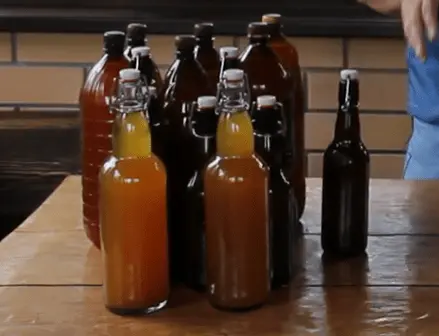
There are stronger honey drinks, the alcohol content of which reaches 30% or more. Exposure of such specimens takes from 10 to 50 years and takes place in barrels, which are sometimes buried in the ground. But I would not classify them as meads, let it be an alternative branch of development.
Preparation of ingredients
The first thing a person who decides to start producing mead should take care of is the cleanliness of tools, containers and premises. Everything must be disinfected, as is done in serious enterprises. Only in this way the pathogenic flora will not spoil the drink and will not cause poisoning.
I note that alcohol intoxication is very dangerous.
Disinfection of equipment is carried out by special means or by boiling. Personally, I recommend using both methods, it will be more reliable. Cleaning is subjected to everything with which the ingredients of the mead will come into contact.
When everything is thoroughly disinfected, you can proceed to the preparation of the wort, consisting of water and honey. We take a large deep pan for 4-5 liters, pour water into it and bring to a boil. When the water has boiled for 10 minutes, remove the container from the heat and pour in the honey. After that, bring to a boil again and leave on medium heat for another 15 minutes.
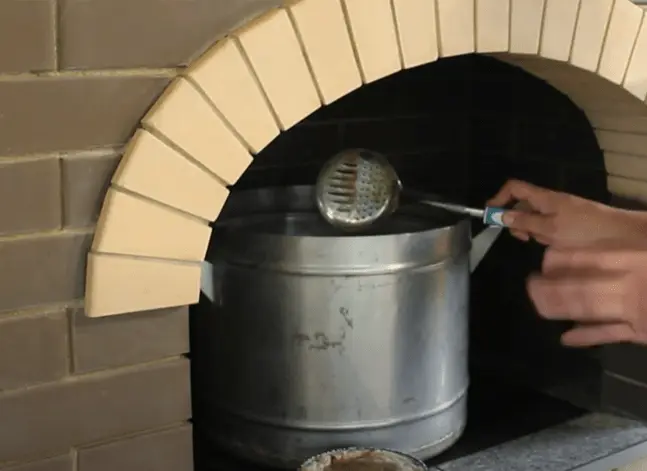
Important: warm wort is an excellent environment for the development of pathogenic bacteria, so we cool the pan as quickly as possible. For this, a bath with cold water or ice is perfect.
After cooling, pour the wort into a smaller container and add the yeast. There is one very important point here, it is better to activate the yeast in advance, so stir it in warm water with sugar. The easiest and most reliable way is to boil water with sugar and let it cool a little so that the yeast does not die from high temperature.
The resulting must must be left to ferment for 1,5-2 weeks in a dark, cool place with a temperature of about 20 ° C. To understand when the primary fermentation process is completed, attach a water seal to the lid of the wort container. If the bubbles are gone, the mead wort is ready.
Tips for Choosing Good Mead Honey
Honey is a unique product of its kind. It practically does not deteriorate over time and only gradually crystallizes.
But this does not mean that you can take absolutely any honey and make mead out of it. In order not to spoil the future drink, it is enough to follow three simple rules:
- Make sure there is no foam on the surface of the honey. Those who have already prepared mead drinks by fermentation know that foam is created when honey is diluted with water. If you bought pure honey and there is foam on its surface, you have a missing, diluted or fake product in front of you.

- The strict seasonality of the collection practically excludes the availability of fresh liquid honey for sale in spring and winter. Heather honey is an exception; it is harvested until the end of August.
- Taste before buying. Honey, which is made from different types of flowers, is very different in taste. Technically, any variety will work for mead, as long as it is of good quality. As for the taste features: raspberry, chestnut and linden honey will give the finished drink an additional brightness of taste.
Is it possible to make mead from old honey
I would like to say a few words about one misconception – supposedly, only liquid honey is needed for mead. This is nonsense, the fluidity of honey only affects its solubility.
In other words, to dissolve candied honey in water, you have to tinker a little longer. For mead, any one is suitable, the main thing is that it is not spoiled.
Easy homemade mead recipes
If we talk about homemade mead, then its recipe must meet the following requirements:
- ease of preparation;
- no need for specialized knowledge;
- availability of ingredients.
Here you can add a point about how long homemade mead is kept. In this matter, everything is very individual and depends on whether you live in an apartment or in a private house with a cellar.
The simplest recipe is traditional mead, prepared without yeast and boiling. We will need:
- honey;
- water;
- sprouted wheat or perga (for fermentation).
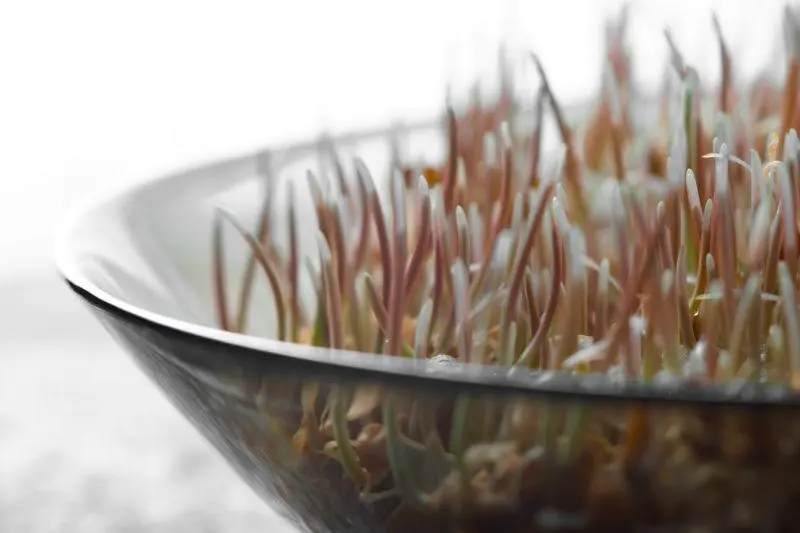
I will not repeat myself about the sterilization of equipment, I already wrote about this above. Since the recipe does not use heat treatment, it is better to use liquid honey – dissolution is faster.
Step-by-step recipe:
- We prepare the wort by mixing honey with warm water in proportions of 1 to 4. Add wheat or bee bread (200 g per 1 kg of honey) and pour everything into a separate container with a lid on a water seal or put on a rubber glove.
- As soon as the wort has fermented, we filter and pour the liquid into another container.
- We leave to ripen for 4 months in a dark, cool room.
If your family prepares mead with a different ratio of ingredients, this is normal. There are a lot of recipes for making a drink.
old spicy
Despite the fact that this recipe comes from a distant past, it involves boiling and the use of yeast, which sows doubts about its true antiquity. However, until proven otherwise, let’s consider it really old. We will need:
- 1 kg of honey (any);
- water (not distilled);
- Rye bread;
- yeast (old) – 30 g;
- spices to taste (about 20 g).
I hope you get my joke about yeast, modern cultures will work for our recipe.
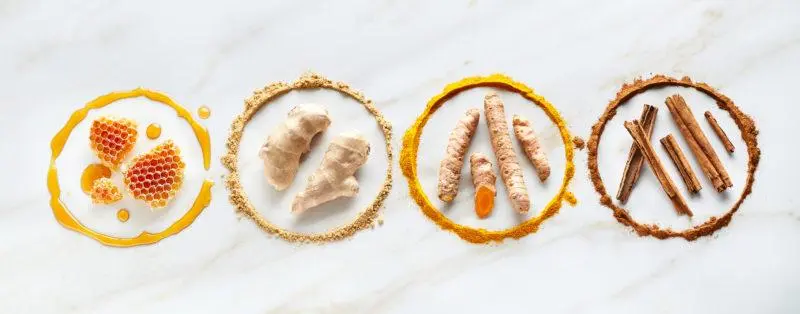
To prepare, mix honey and water in a saucepan and bring to a boil. Add spices to the liquid: cardamom, cinnamon, ginger and pepper. According to the ratio, we focus on taste, but not more than 20 g per 1 kg of honey. Remove the drink from the heat, cool and pour into a container with a tight lid and a water seal.
Add rye bread and leave to ferment for 12-30 hours. We focus on the water seal, as soon as the bubbles stop flowing – the drink is ready for subsequent bottling into smaller containers. We filter the wort and leave to mature in a cool room at a temperature of 15 to 22 degrees.
fast classic
One of the simple and quick mead recipes is based on hop cones.
Recipe:
- 1 part honey;
- 6 parts of water;
- 30 grams of pressed yeast and 5 grams of hop cones for every 300 grams of honey;
- cinnamon and nutmeg to taste.
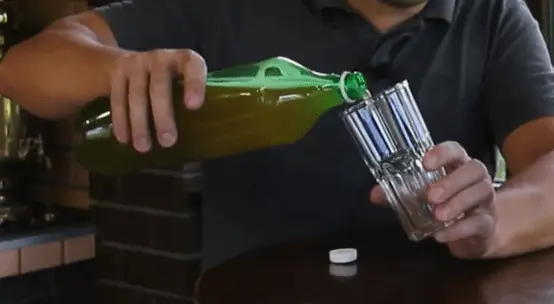
Preparation – we cook the wort based on honey and water. Once the honey has dissolved, add the cones and spices. Cook for another 10 minutes over medium heat, then cool the solution to 30 degrees and add the yeast. Pour the wort into a fermentation tank and wait about 10-12 days.
As soon as the fermentation process is over, we filter, bottle the wort and let it brew.
This mead can be drunk 5-7 days after preparation, but I recommend letting it brew for at least a month.
Hot
Hot mead will warm you up on winter evenings, and it is prepared in haste. To prepare it, we need a ready-made mead. Any will do, as long as you like its taste.
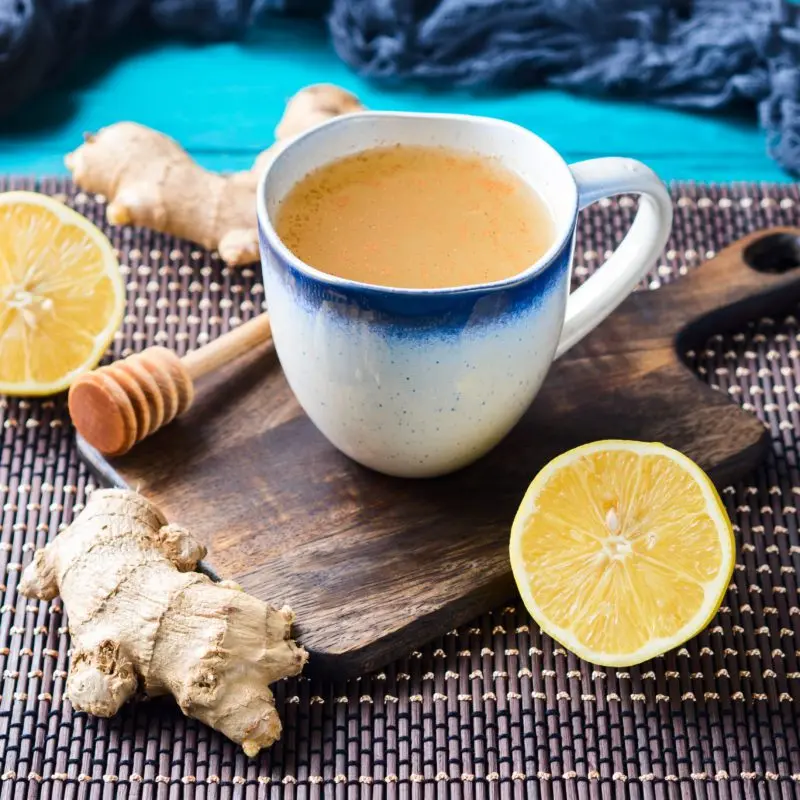
Pour the drink into a saucepan and put on a slow fire. Without bringing to a boil, add cinnamon at the rate of 1 teaspoon per 1 liter. As soon as it starts to boil, immediately remove it from the heat and pour it into a glass. The hot mead is ready to serve.
Do not forget to drink it immediately, otherwise the drink will lose all its spirits.
Yeast-Free Recipe
Yeast is not the main ingredient for making delicious mead. Our ancestors did without them, and I want to share a couple of recipes that I myself was very pleased with.
from raisins
With a whole range of nutrients, this mead will be an excellent supportive remedy for beriberi, and for its preparation we only need water, honey and raisins.
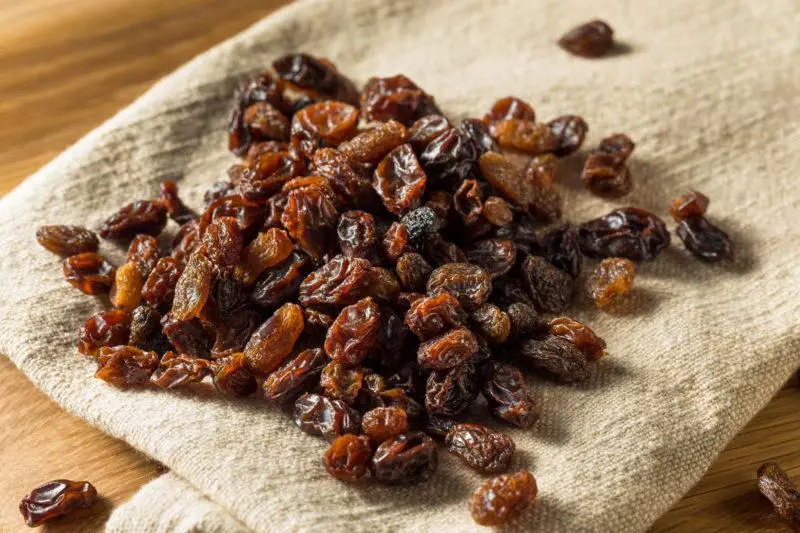
In 1 liter of boiled water, stir 50 gr. fragrant flower honey. We take another 50 gr. raisins, large black is best, knead it with a fork and add to the wort. Pour everything into a separate container for primary fermentation. After, we pour the strained mash into bottles and leave to infuse.
Cherry
As the name suggests, this mead uses cherry instead of yeast. Let me tell you, it will take a lot. Compound:
- 1 liter of water;
- 2 kg of honey;
- 4kg ripe cherries.
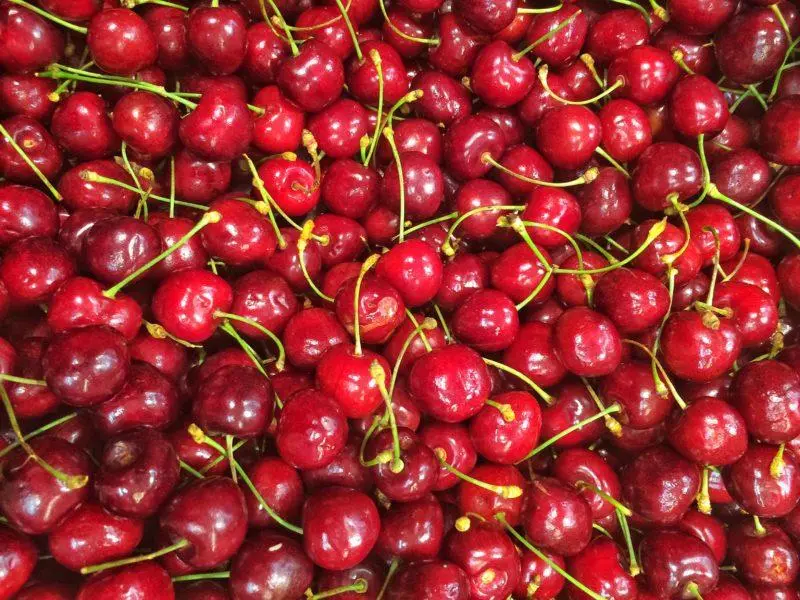
Cooking – in a saucepan over low heat, mix water and honey. When the resulting syrup becomes homogeneous, cook it for another 15 minutes, and then remove from heat and let cool to 45-50 degrees.
At this time, we clean the cherries from the stones and, after cooling, pour them into the syrup. We leave the drink warm for fermentation, after which we pour it into bottles and store it for 3 months until ripening.
Modern carbonated mead
The abundance of modern drinks has given life to carbonated mead. It can be made from any kind of ready-made mead by repeated fermentation. Liquid varieties are best.
Pour honey into a clean container at the rate of 1,5 tsp. per liter of drink, fill with mead and close the lid. I do not advise pouring to the top, due to fermentation, part of the liquid can “run away”.
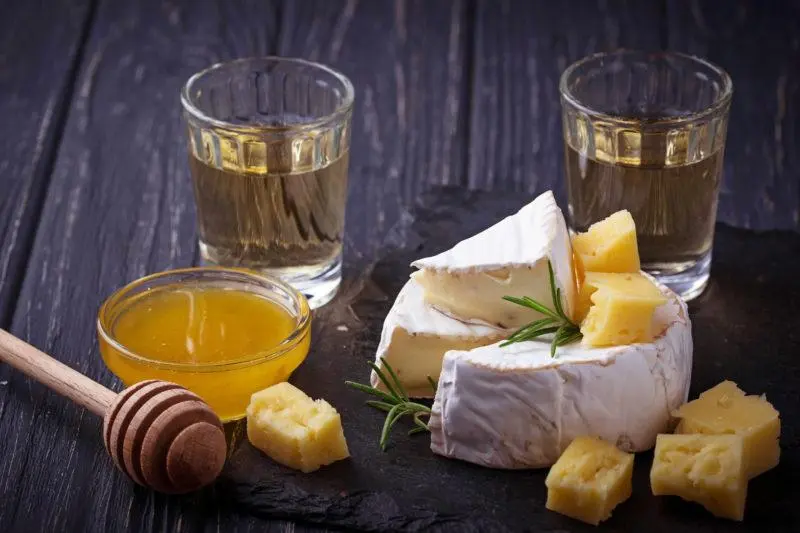
We leave for carbonization (saturation with carbon dioxide) for 8-12 days, after which we put the container in the refrigerator for a week. The carbonated mead is ready.
Mead with and without boiling
In this article, I described several recipes for making mead, emphasizing the sterility of production conditions. On the other hand, I did not scold recipes that do not use boiling.
In fact, there is no contradiction here, since all the methods I mentioned are generally accepted and fully tested.
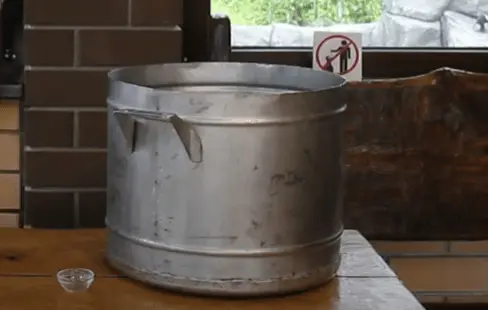
But, once again, this does not mean at all that you can not wash the grapes or cherries before throwing them into the must. Honey itself has bactericidal properties and in 99,9% of cases there will be no problems if you do not boil it.
Another important nuance is the duration of maturation. If the mead needs to mature for a long time, boil the ingredients.
Also, use only boiled water, even in recipes without heat treatment of the wort.
Strong mead
The usual strength of mead is low and is 6-8 degrees. These are quite normal values for a drink that is made by classical fermentation.
In order for the fortress figure to become much higher, two methods are used: exposure and fastening.
There are absolutely no questions about the first option. This method can be compared with the production of expensive wine or whiskey, when the finished product is stored in barrels for years. There are honey drinks 20, 30 and even 40 degrees, but it takes a lot of time for them to ripen.

The second method is easier, but I do not recommend using it in any way. Mead can be diluted with alcohol, yes, just take and spoil the divine ambrosia. I’m not talking about wheat or, God forbid, potato rectified. Even the use of wine spirit, which is considered to be of high quality, spoils the final product.
Mead is not about “get drunk and forget”, it is a drink that makes you want to have a good time, and not suffer from memory lapses the next morning. If you want something strong, buy vodka.
Separately, it is worth mentioning honey tincture – a mixture of vodka, lemon and honey. Such a folk version has the right to life, but this is not exactly mead, but rather a cocktail that has distant similarities with it.
Cranberry mead
It is worth listing a few more varieties of mead, but due to the similarity of the recipes, I will not describe them in detail. To prepare cranberry mead, we use:
- water – 1 l;
- cranberries – 170 g;
- honey (light) – 170 g;
- yeast (fresh) – 10 g;
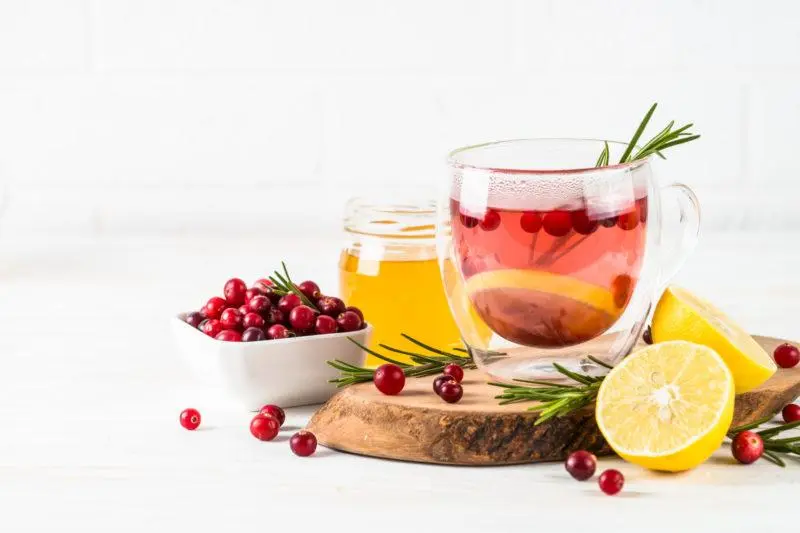
Cooking – put a pot of water on the stove and bring to a boil. Squeeze the cranberries through cheesecloth, and pour the juice into a bowl. Put the resulting cake in a pot of water. Boil for 5-10 minutes on low heat and leave to infuse for 30 minutes.
Through a fine strainer, pour the infusion into another pan and pour honey into it. Bring to a boil and simmer for another 4 minutes over low heat. We remove the foam and let the liquid cool to 40 degrees. Now add the yeast and the remaining cranberry juice after squeezing.
Such mead comes in the standard way. Pour the broth into a closed container with a water seal, and after primary fermentation, pour the contents through the filter into bottles and let it ripen.
pink mead
It is impossible not to mention this recipe, it really stands out from the others. To prepare pink mead, we need:
- water – 1 l;
- Honey – 400 g;
- dried blueberries – 60 g;
- yeast – half tbsp. l.;
- gelatin – 3 g;
- rose oil – 3 drops.

Preparation – pour water into a saucepan and cook honey for 60 minutes, without bringing to a boil. Add infusion of blueberries, gelatin and rose oil. When the mixture cools down to 40 degrees, add the yeast.
Pour into an airtight container with a water seal for primary fermentation. Then we filter, bottle and leave to ripen for 6 months.
Suzdal mead
Suzdal mead has a rich history that has not yet been lost and continues to exist in the products of the local factory.
Unfortunately, it is quite difficult to buy such mead due to limited logistics, but you can talk about some types.
Features and types
The classic types of Suzdal mead include:
- Cossack Suzdal mead, characterized by the use of spices and pepper;
- Pyatialtynnaya – similar to a young wine with a mild taste and honey aroma;
- The refectory is thicker due to the greater addition of honey;
- Oprichnaya mead with spices – with the addition of cinnamon, ginger and cloves;
- Polupoltinnaya – with hop cones;
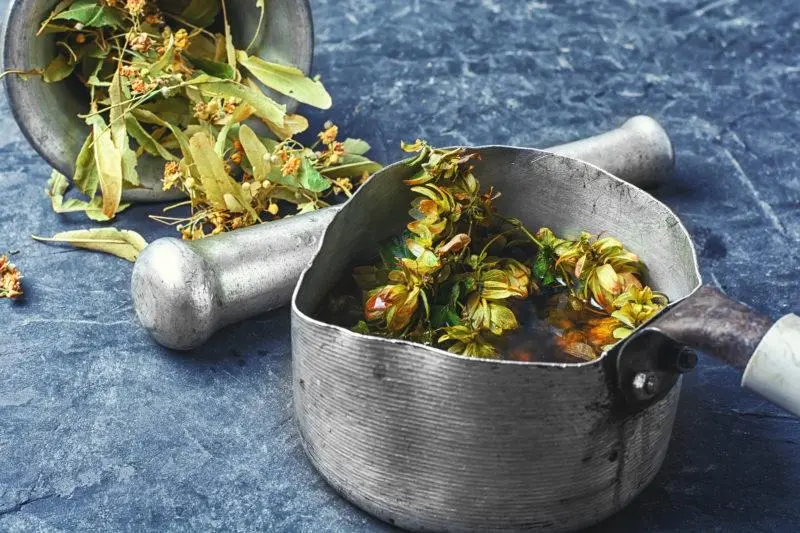
Classic cooking technology
Many recipes for making Suzdal mead have survived to this day. Probably the classic is a yeast drink made from honey and sugar (in half).
To do this, you will need:
- water – 1 l;
- honey – 125 gr;
- sugar 125 gr;
- yeast – 25 gr.
To prepare, cook half the sugar and honey in a saucepan with water for 15 minutes. Remove from heat and cool to 30-35 degrees. Pour the yeast diluted in water into the pan and set it to ferment in a warm place.
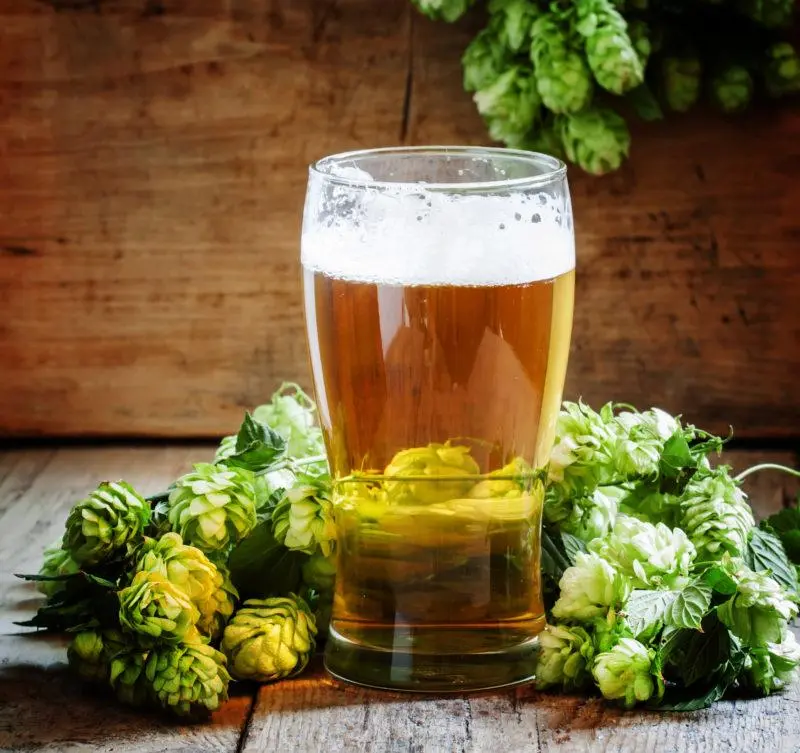
After 3 days, pour the contents through the filter into another container and leave to ferment for a month. Then we filter the liquid again, add the remaining honey with sugar and leave to ripen for 4-5 days.
Mead is considered ready when foam appears on its surface.
spiced mead
You can read the recipe for the ancient spicy mead above, but there is also a modern version of this drink.
As for the technology, there are no special differences, and you can safely prepare a modern version according to an old recipe. But the ingredients are slightly different.
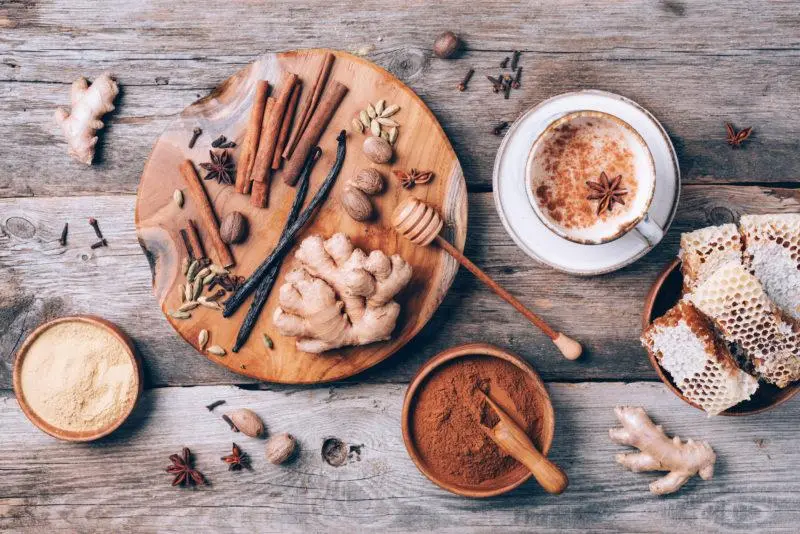
We need:
- Honey – 500 g;
- water – 3 l;
- pressed yeast 30 – gr.;
- hop cones – 8 gr.;
- cinnamon – half a stick;
- cloves – 1 stick;
- ginger root – 2 g;
- 1 peppercorns.
What additives can be used for mead
More than one generation of drink lovers puzzled over this question. I believe that those recipes that have survived to this day are the real embodiment of the right additives.
First of all, these are berries, especially sour ones, which start the fermentation process. Cherries, cranberries, blueberries, lingonberries, etc. They will add zest to the drink, decorating the bouquet of flavors.
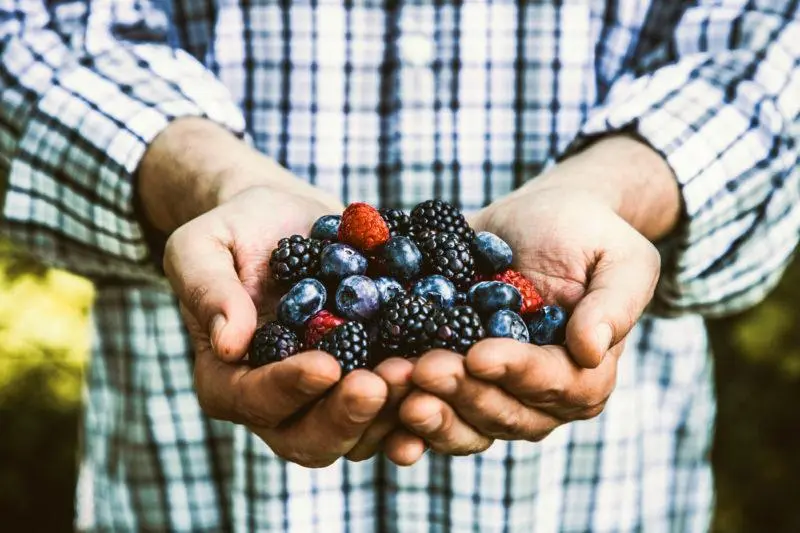
In second place, I would like to note spices, mainly cinnamon. It is universal, but not the only one possible for mead. I already mentioned pepper, ginger and cloves – they all fit.
How can you imagine classic mead without hops? This is also a great addition. Of the unusual – essential oils, but with their dosage you need to be careful and not overdo it.
How to drink mead
If you are engaged in reconstruction or just love ancient Slavic traditions, then you know that mead is drunk on holidays and definitely not for the purpose of getting drunk.
Another important aspect is to drink it on an empty stomach.
For less principled people, there are no clear rules. In summer, it is drunk chilled, and in winter it is warmed up with the addition of fragrant cinnamon (I hope you did not miss the recipe). To use the buzzword, mead is “longdrink.” Drink it slowly, in small sips.
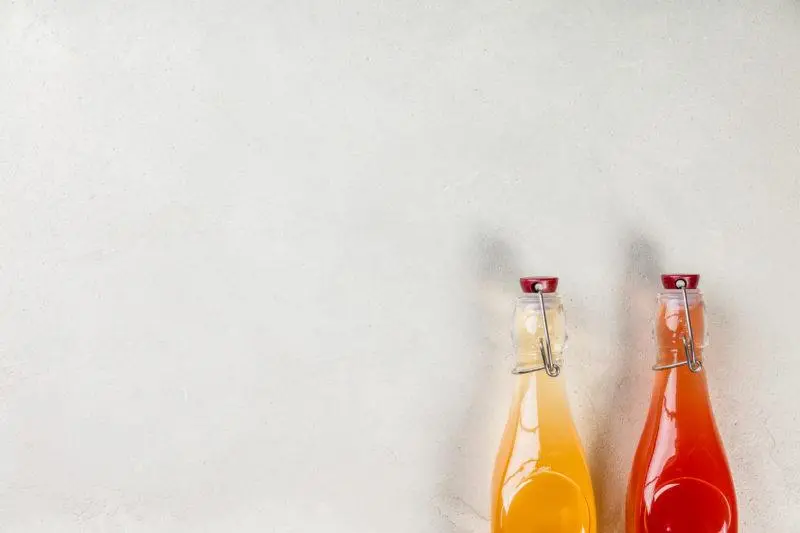
Mead does not like heavy food, so they eat it with berries, fruits and light meals. But I do not recommend snacking at all, so as not to blur the palette of flavors of the aged drink.
Conclusion
It is pleasant to realize that the rich heritage of our ancestors has not yet completely dissolved in the unified culture of our time. If you decide to join this story, I advise you to cook mead with your own hands, according to one of the written recipes.
Buying this drink in the store, you will not feel even 10% of the rich taste that gives natural flower honey, ripe berries and fragrant spices. But you will more than get flavors, flavor enhancers and water with the presence of honey at the atomic level.
If you have the determination to make mead yourself, then drinking another mug, remember how hundreds of years ago your ancestors also enjoyed this ambrosia, celebrating holidays under the constant starry sky.










